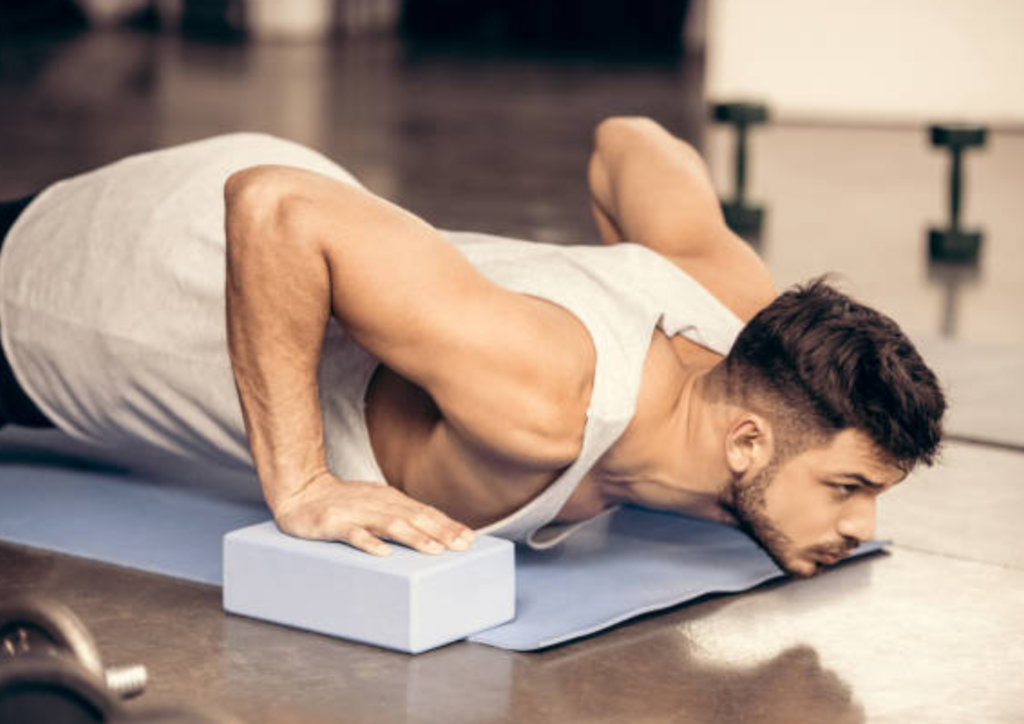Yoga props like blocks and bricks are:
- Invaluable tools for deepening your practice.
- Assisting with alignment.
- Offering support in challenging poses.
While “yoga block” and “yoga brick” are often used interchangeably, they refer to slightly different items with unique benefits. Understanding these differences can help you choose the right prop to elevate your practice, whether you’re a beginner or an advanced yogi. Let’s explore the distinctions between yoga bricks and yoga blocks and how each can enhance your yoga journey.
- Shape and Size: The Key Differences
One of the primary differences between yoga bricks and yoga blocks lies in their shape and dimensions:
- Yoga Blocks are typically larger and rectangular, with standard dimensions around 9 x 6 x 4 inches. They are often used flat and provide a broad surface area, making them ideal for supporting more significant body parts in various poses, like under the hands in a Forward Fold (Uttanasana) or under the back in a Bridge Pose (Setu Bandhasana).
- Yoga Bricks: Yoga bricks, in contrast, are narrower and smaller, typically measuring around 9 x 6 x 2 inches. Their slim design is ideal for more specific, targeted support. For example, they can be used under the heels in a squat pose or to increase reach in arm balances without lifting the body too high off the ground.
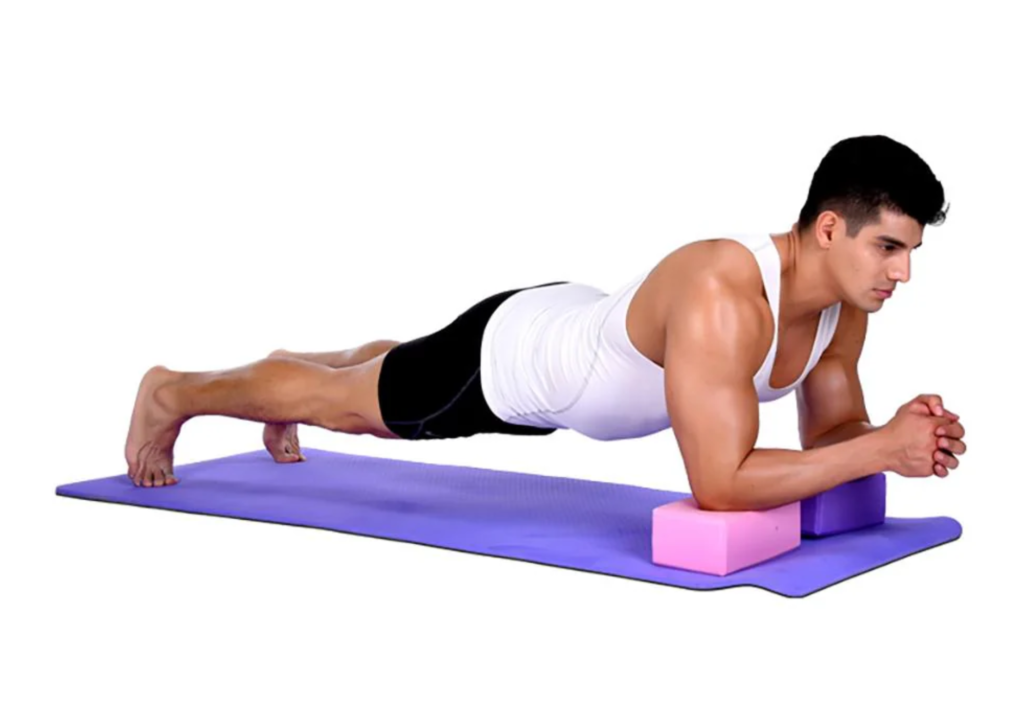
In essence, yoga blocks offer a broader base and are generally used for support over a larger area. At the same time, bricks provide more precise support, helping to refine alignment in smaller spaces.
- Purpose and Practicality: When to Use Each
The choice between a yoga block and a yoga brick often comes down to the kind of support you need during your practice:
- Yoga Blocks for Stability and Comfort: Yoga blocks are versatile and offer stability in poses where a larger surface area is beneficial. In poses like Triangle (Trikonasana), placing a yoga block under the lower hand allows you to focus on alignment and stay grounded without straining. Blocks can also be used for seated postures, like Sukhasana (Easy Pose), by placing one under the hips to support a straighter spine.
- Yoga Bricks for Versatile, Smaller Support: Yoga bricks are great for more advanced poses where more minor support is needed. In Crow Pose (Bakasana), for instance, a brick can be used as a stepping stone to help engage the core and bring the knees up without fully lifting the body. The slimmer design also makes yoga bricks useful for poses that require less elevation or targeted support.
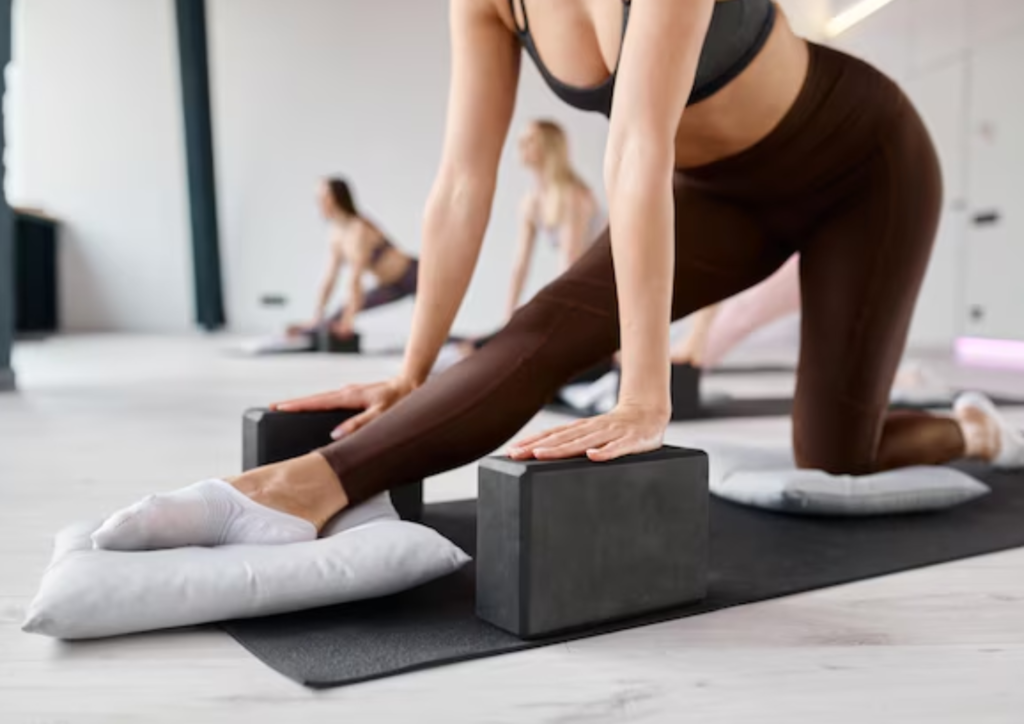
Whether you’re looking for broad support (blocks) or something smaller and more specific (bricks), each prop serves a different purpose and can be used effectively, depending on your needs.
- Material and Firmness
Both yoga blocks and bricks are made of various materials, including foam, cork, and wood, but they may differ slightly in firmness based on their design and function.
- Foam Blocks and Bricks: Lightweight and softer foam options are comfortable for beginners or those needing gentle support in restorative yoga. They are available in block and brick sizes and are perfect for support in gentler postures.
- Cork and Wooden Blocks: Cork and wood blocks are firmer and provide a sturdy foundation, making them ideal for more challenging poses. The firmer surface benefits stability in standing poses and is available in block and brick formats. Wooden blocks are typically heavier, which adds to their stability, but can be less convenient to transport than foam or cork.
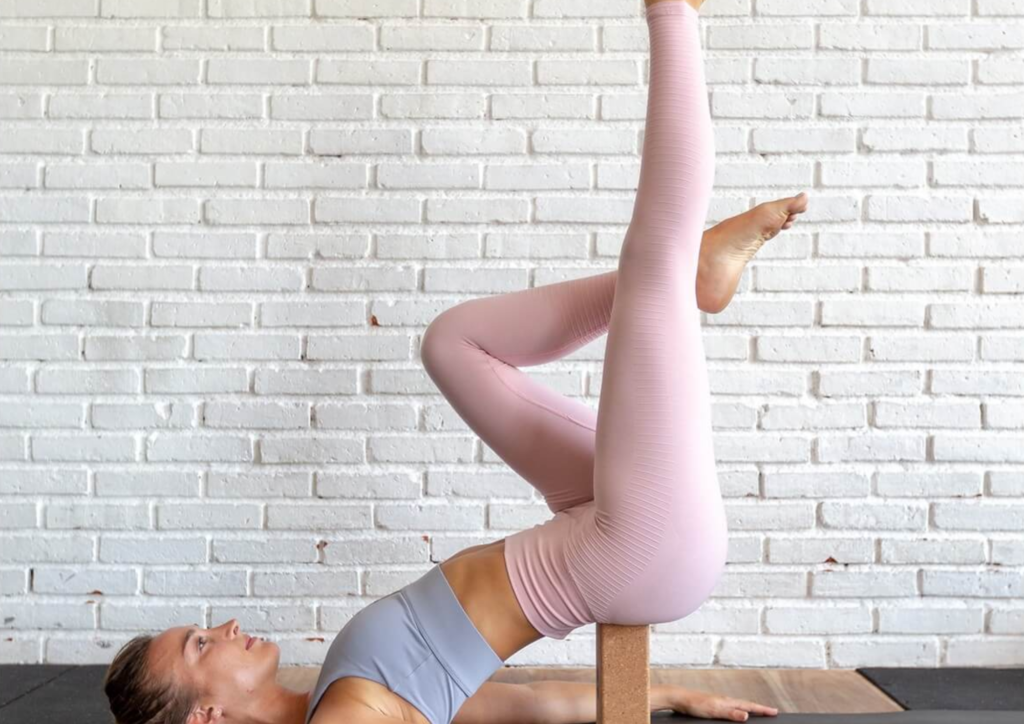
Choosing between materials depends on your preferences and your yoga type. Firmer materials work well for added stability, while foam provides comfort in supportive, restorative poses.
- Versatility in Practice: How to Maximize Each Prop
- Using Yoga Blocks: Yoga blocks are fantastic for almost any pose. Place them under your hands, feet, or seat for extra stability and comfort. For example, if your hips feel tight in a seated forward fold, you can sit on a block to help tilt the pelvis forward, allowing a more natural stretch.
- Using Yoga Bricks: Due to their smaller size, yoga bricks are ideal for poses that require a bit more dexterity. They can be positioned in multiple ways for arm balances, squats, or under your hands in standing poses. You can also stack bricks for added height or balance in specific movements without the bulk of a larger block.
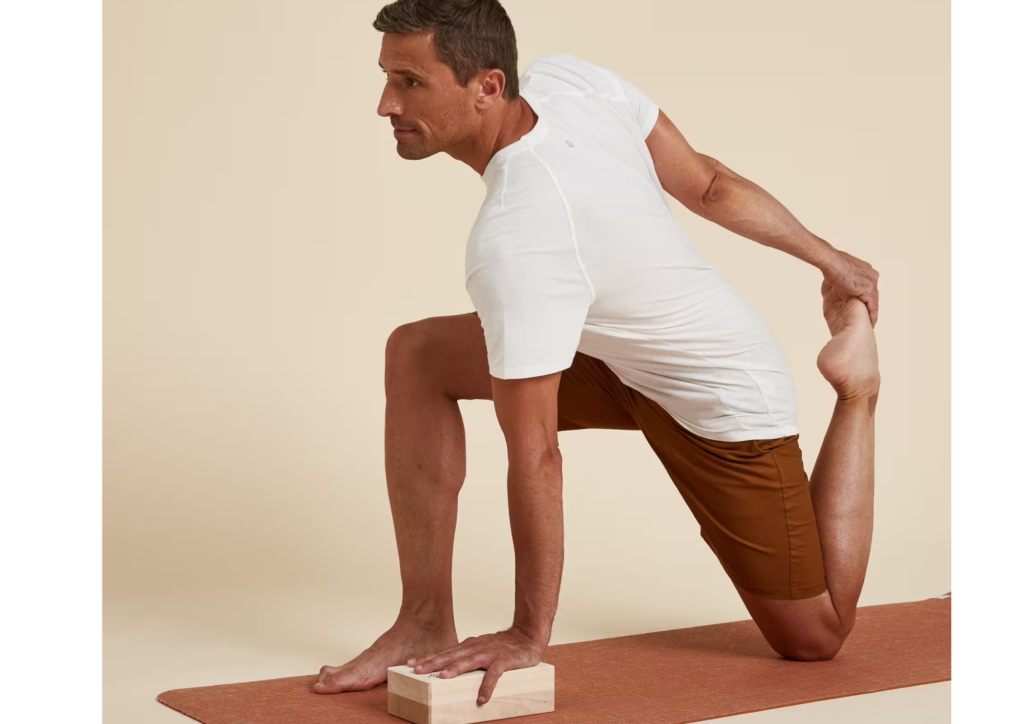
Both props add immense versatility to your practice, allowing you to adjust each asana to suit your body’s needs.
- Which One Should You Choose?
Ultimately, yoga blocks and bricks have a place in a well-rounded yoga practice. If you’re new to yoga or prefer support in basic poses, a yoga block may be the most versatile option. A yoga brick can be handy for more targeted support in specific poses or to add subtle challenges to your practice. Many practitioners find value in having both props available, as they complement each other and provide options for different types of support.
Final Thoughts: Embrace Both for a Balanced Practice
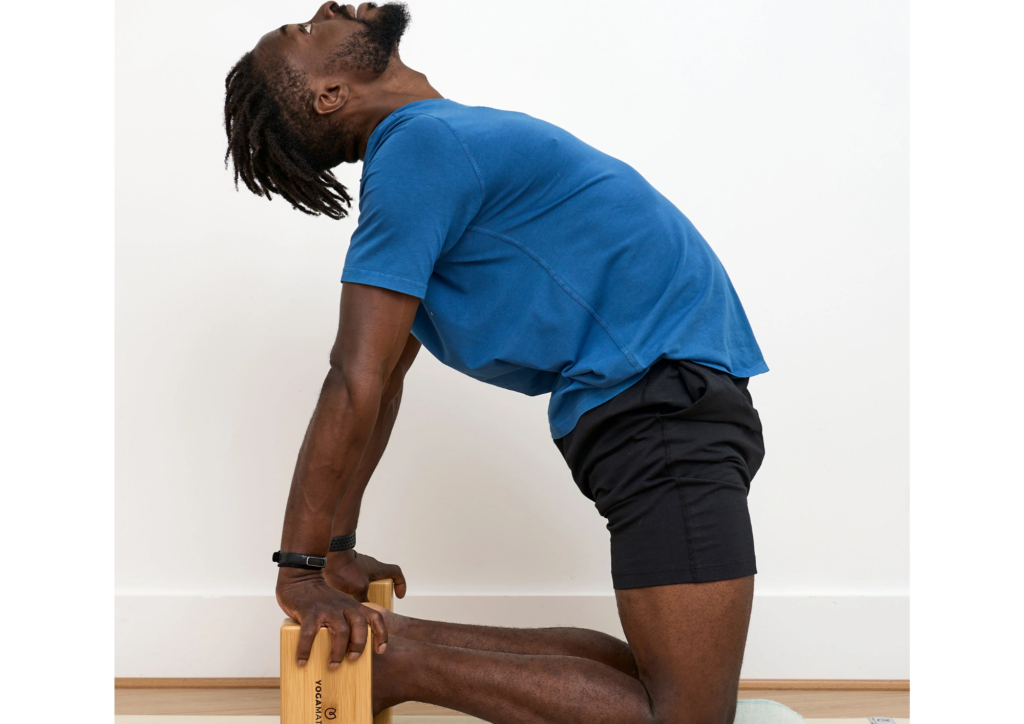
Yoga blocks and bricks are not exclusive to one skill level—they’re valuable tools that enhance alignment, support, and flexibility for yogis at all stages. By understanding the differences and benefits of each, you can incorporate both into your routine to explore new depths and adjustments in your practice.

